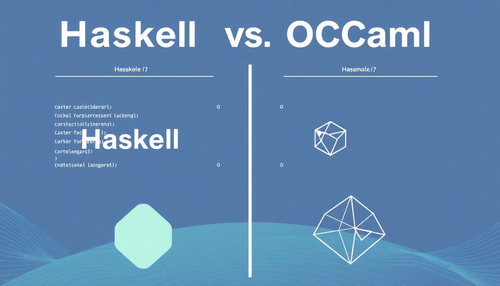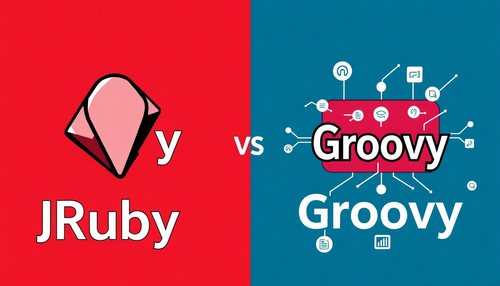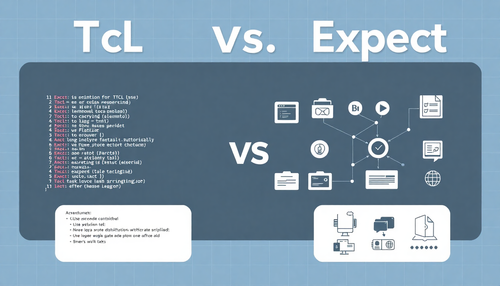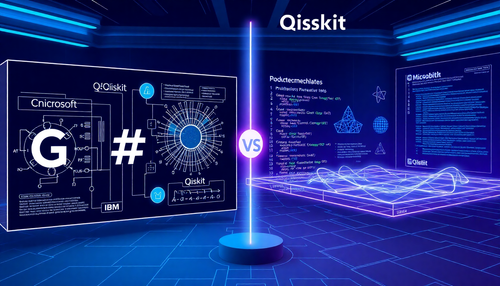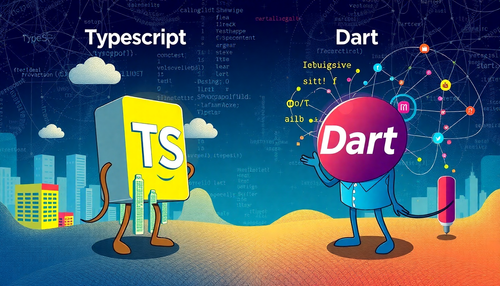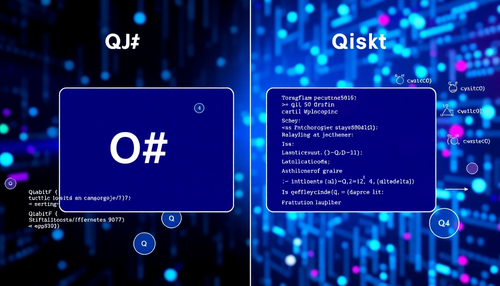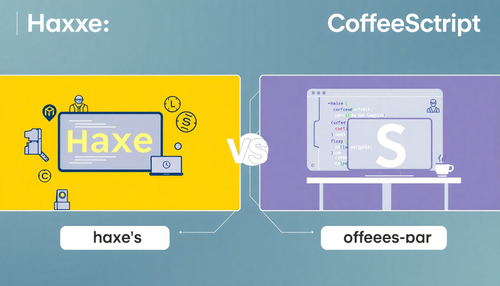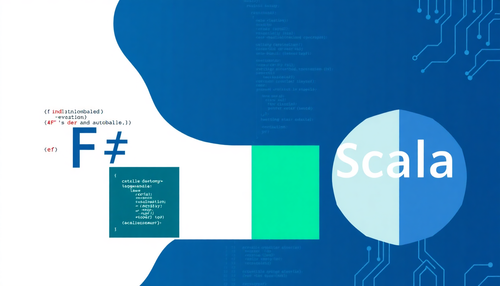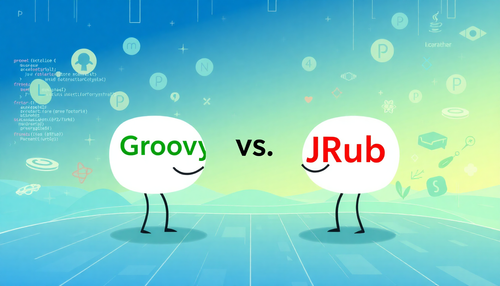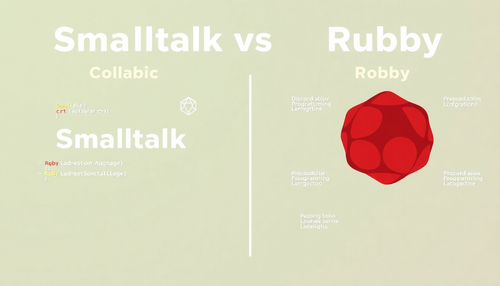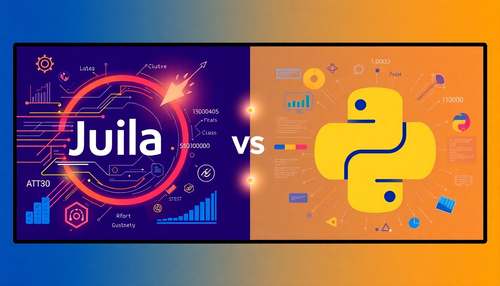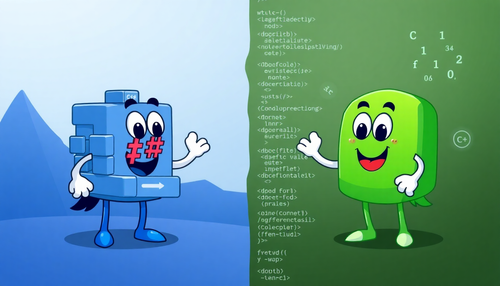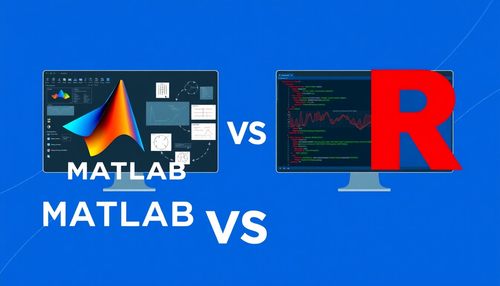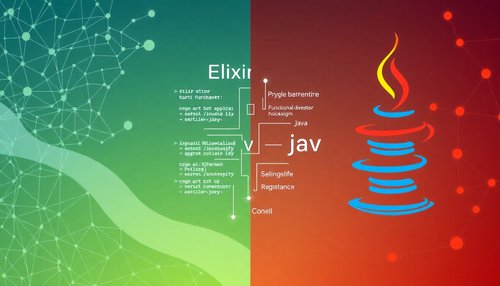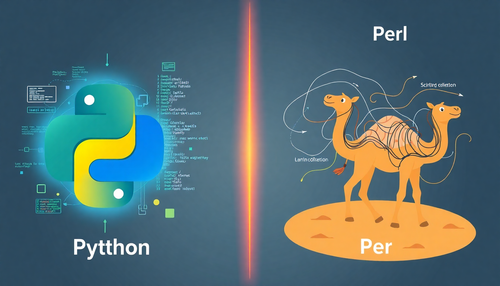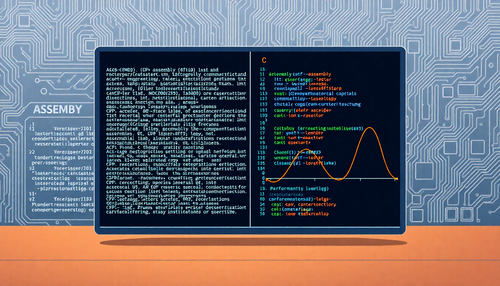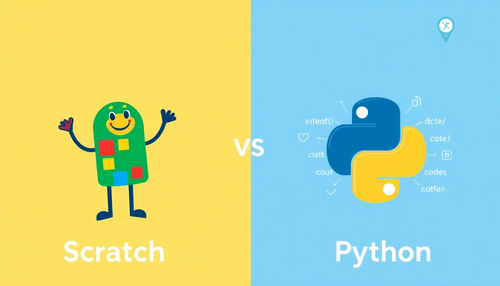When it comes to backend development, using Java testing frameworks is a great option. These seven play an important role in every enterprise-level project out there.

Amazon, Uber, Spotify, Netflix, Slack, Meta, Google, Airbnb, Pinterest and Wikipedia are just some of the many applications and websites that use Java. Launched in 1996, the programming language quickly skyrocketed in popularity. Today, it is still widely used in a variety of settings and across industries to build many different types of software and applications, such as mobile applications, web applications, web servers, cloud applications, chatbots, enterprise applications, big data software, web servers. and desktop GUI applications.
And any developer knows that even the most powerful language isn't enough to create powerful products — you also need the right toolkit. But with so many different tools available to support your development efforts — targeting different languages and types of software — how do you know which ones are best suited to your project?
To help you answer this question, we've put together a list of the top Java testing frameworks to support you in your Java development efforts.
What are Java Testing Frameworks?
Before we delve into the frameworks themselves, let's briefly discuss the importance of testing. This is a critical part of the development process and is often overlooked. Not only is it crucial for identifying defects, but it also allows teams to evaluate their projects for features such as performance, functionality, user experience, security, load capacity, and more. As part of the quality assurance (QA) process, teams often perform manual and automated testing. Automated testing, as you can probably imagine, is much less time consuming.
Java testing frameworks are tools that help developers, testers, and QA engineers with test automation. They speed up the process of writing and executing tests by establishing rules, guidelines and requirements for the process.
Testing frameworks offer different sets of features such as assertions, simulation, data management, and test runners. These attributes make the process easier and more productive. They also speed time to market. This is important in an environment where technology is changing and evolving rapidly and competition is fierce.
The purpose of testing is to ensure that software is secure, easy to use, reliable, functional, and less prone to errors. Automation, in turn, allows professionals to create tests more easily, efficiently and quickly, while maximizing coverage.
Testing has become intrinsic to the development process since the beginning, although more and more developers recognize its importance. Almost as soon as Java was released, it became clear that automated testing was essential for improving software quality and speeding up the overall development process.
JUnit, created in 1997, is one of the earliest examples of a Java testing framework. Although it is no longer the only tool of its kind, it still remains one of the most popular.
Frameworks versus libraries
Although they are often used interchangeably, frameworks and libraries are not the same thing. Both are tools that facilitate faster and easier development, but a library is a collection of ready-to-use code snippets, while a framework is a set of principles, tools, and guidelines for developing applications.
To summarize further, libraries contain application programming interfaces (APIs) that facilitate defined tasks by performing operations as specified. Meanwhile, frameworks provide structure and instructions on what the developer should do to create a solid application.
Here we will mainly focus on frameworks, although we will occasionally discuss a library that is widely used in Java testing.
The Benefits of Using a Java Testing Framework
Why should you use a Java testing framework? There are numerous advantages:
- EFFICIENCY: Thanks to the offered reusable component testing guidelines, tools, and frameworks, you will test with greater speed and efficiency. This speeds up the testing process and improves productivity across the organization.
- AUTOMATION: Testing frameworks introduce automation into the process, which means much less manual work on the part of the expert — be it the developer, tester or QA engineer. In other words, there is much less work that humans need to do.
- SECURITY: Security is one of the most important considerations when it comes to the development process. Your product needs to be safe to use and free from vulnerabilities. Testing frameworks allow you to strengthen security by evaluating software for potential weaknesses before they become a problem.
- RELIABILITY AND CONSISTENCY: Testing frameworks allow you to automate assessments so they are consistent across platforms and environments. These tests are also much more reliable than manual evaluations, as long as the script is solid.
- COVERAGE: With the help of frameworks, you will be better equipped to increase test coverage, thus facilitating a more exhaustive and rigorous evaluation process.
- INSTANT FEEDBACK: Automated testing, facilitated by these testing frameworks, offers real-time feedback to professionals, enabling them to address and resolve issues immediately without stalling the development process.
The benefits of Java testing frameworks are clear. But there are also a few things to think about when choosing the right tool for your project.
Things to Consider When Choosing a Java Unit Testing Tool
- PROJECT TYPE: Java is versatile and applicable to a wide range of projects. You will find that some testing frameworks are better suited to your specific project than others.
- INTEGRATIONS: How well does the framework in question work with the other tools you use in the development process? This is something you need to think about when introducing any new technology into your project.
- SKILL SET AND EASE OF USE: Consider the skill sets of your development and testing teams, as well as the learning curve associated with the framework. You want a tool that is easy to use and doesn't require a lot of time to learn. Some frameworks are easier to use than others, but may offer additional benefits.
- SUPPORT AND RESOURCES: Technology always requires support. When choosing a testing framework, look for a tool that has plenty of documentation, a large community, and other forms of assistance and support. That way, if you encounter problems, you'll have access to troubleshooting resources and guidance.
Now that you know what to consider when choosing a Java testing framework, let's take a look at the best tools available.
Top 7 Java Testing Frameworks Available in 2021
#1 JUnit
One of the first Java frameworks on the market, JUnit remains popular today thanks to its simplicity, ease of use, efficiency and fast results. The open source framework offers an API that makes it easy to write and continuously run unit tests. Based on the test-driven development (TDD) approach — the philosophy that you should test code before deployment — JUnit's goal is to improve code stability, increase productivity, and increase quality by helping developers identify bugs and issues earlier in the development process. .
The framework can also be applied to regression testing.
Key Features // Product Highlights
- Test assertions
- Console launcher
- Notes
- Test Runners
- Supports writing self-check tests
- Supported by major Java IDEs
#2 Selenium
Although Selenium is actually a library, it's worth mentioning here because it's one of the most popular Java testing tools on the market. The open-source suite supports multiple languages other than Java, such as Python, and creates test scripts for writing automation tests for web applications across different browsers. Selenium tests also run on all major operating systems and platforms.
Key Features // Product Highlights
- Supports cross-browser testing
- Supports multiple programming languages
- Browser Automation Testing
- Supports data-driven testing
- Easy to learn
#3 Mockito
Mockito is a popular, open-source mocking framework for unit testing in Java. Using the framework, developers and QA specialists can create mock objects, including classes and interfaces, more easily because the tool automatically generates them for certain interfaces. Ultimately, this allows for more streamlined testing of complex systems.
Key Features // Product Highlights
- Simple setup
- Note support
- Safe refactoring
- Verification support with argument matches
- Exception support
- Support for return values
- No need for manual writing of mock objects
#4 TestNG
TesteNG was actually derived from JUnit. The versatile framework is flexible and supports multiple types of testing, including unit, functional, end-to-end, and integration testing. It was created to address some of the limitations of the structure that inspired it. TestNG is especially useful for scenarios where there are multiple test cases that need to be executed. It is possible to run tests in parallel, thus improving efficiency and reducing overall execution time. Additionally, the framework supports test grouping and prioritization.
Key Features // Product Highlights
- Communicating
- Support data-driven testing
- Various types of affirmations
- Secure testing of multithreaded code
- Parameter support
- Notes
- API Plugin
- Sequencing
#5 Cucumber
Cucumber is a behavior-driven development (BDD) testing framework that allows professionals to write test cases in natural English. This makes test development easier and allows individuals with diverse technical expertise to understand and change results.
Key Features // Product Highlights
- User-friendly interface
- Follows the agile methodology
- Code reuse
- Accessible to individuals with technical and non-technical skills
- Specification Capability
#6 BDD Serenity
An open-source, automated testing framework, Serenity BDD was created for behavior-driven development (BDD). Using the flexible framework, developers and testing professionals can write clean, scalable, readable, and maintainable regression and acceptance tests. Test results help these professionals create illustrated narrative reports with comprehensive descriptions of the application's functionality.
Key Features // Product Highlights
- Produces comprehensive documentation
- Provides reports on project progress, testing progress, results and more
- Registration for requirements testing
- Provide documentation and feedback
- Support for web testing
#7 Spock
Based on Java and Groovy, Spock is a behavior-driven testing and specification framework for innovative unit and integration testing. You can write Spock tests for any programming language that runs on the Java Virtual Machine (JVM). The framework provides a simple, expressive, and powerful syntax for writing test cases for many types of applications, including complex software and enterprise applications.
Key Features // Product Highlights
- Support for data-driven testing
- Comprehensive documentation
- Stubbing and mocking
- Excellent code readability
- Compatible with most Java IDEs and build tools
- Strong and simple domain-specific language (DSL)
- User-friendly interface
Conclusion
Java testing frameworks are important tools for facilitating stronger, more efficient testing and the overall development process. The frameworks highlighted here offer several useful features, from reporting to test case management and better organization. They also introduce greater flexibility to the process. One of the most important features they offer, of course, is automation, which reduces time and means less manual effort on the part of testers and developers.
There are several important Java testing framework best practices you should keep in mind when using these and any other tools that support your development efforts. For example:
- Test early and often
- Use the framework that will best meet your project requirements and needs
- Maintain logs, reports and records
- Use descriptive and consistent naming conventions
- Write clear tests
- Be concise
- Automate as much as possible by determining which tests are best suited for automation
- Monitor tests
- Make the process iterative
Ultimately, the best Java testing framework is the one that provides maximum support for you and makes the development process easier for everyone involved, while improving the quality of your software.
If you liked this, be sure to check out one of our other Java articles:
- Java garbage collection
- Java Integration Testing Explained with Examples
- Java Performance Tuning: 10 Proven Techniques to Maximize Java Speed
- What's new in Java 19? Should you take the leap?
- 3 reasons why Java is the king of enterprise software
Source: BairesDev



